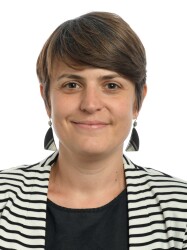BibTex format
@article{Cori:2015:10.1097/QAD.0000000000000854,
author = {Cori, A and Pickles, M and van, Sighem A and Gras, L and Bezemer, D and Reiss, P and Fraser, C},
doi = {10.1097/QAD.0000000000000854},
journal = {AIDS},
pages = {2435--2446},
title = {CD4+ cell dynamics in untreated HIV-1 infection: overall rates, and effects of age, viral load, sex and calendar time.},
url = {http://dx.doi.org/10.1097/QAD.0000000000000854},
volume = {29},
year = {2015}
}

